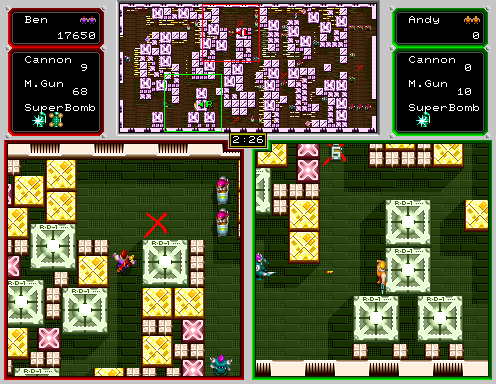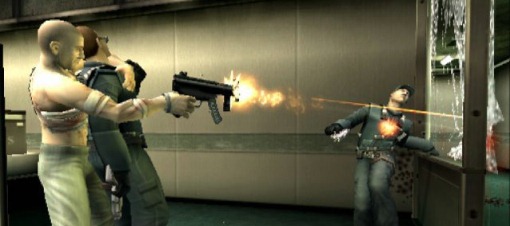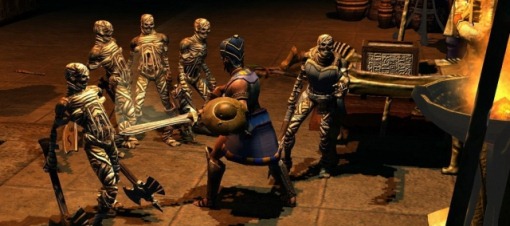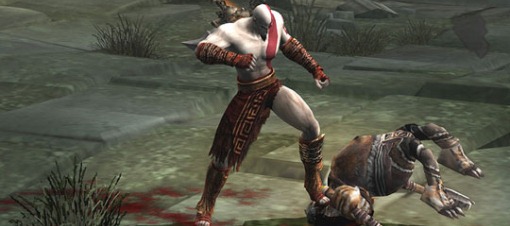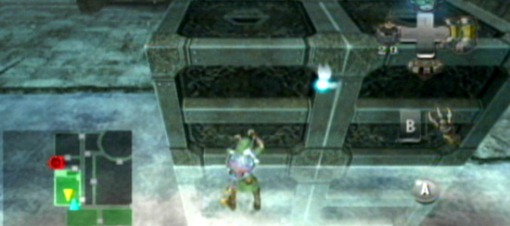If the shoe fits…
Okay, amidst all the recent games-playing that’s been going on at Chateaux Koffdrop there’s a few things happening in the culture that I want to get off my chest. Let’s begin:
Do games kill people? Well, the response to a question by the culture is typically “Don’t be daft, games don’t have that power!”. An argument tends to ensue about how games don’t have an influence in real life. I’ve no problem with this. However, when the same culture will pick up a piece of news from some science report stating that games have some positive effect on people’s reaction times or multi-tasking abilities my mood changes somewhat. You see, I believe the argument is that games either have some influence on people or they don’t. What I tend to see is very selective reasoning demonstrating a mentality that chooses to dismiss any negative influence but champions any positive influence. This is biased and hypocritical. It’s also an over-simplification – but that’s something the culture does too much of and is never going to change.
So, if you’re going to argue that games don’t have the power to influence then make sure you’re consistent and your view doesn’t suddenly change when it suits you to pimp games as some sort of science boon to the human race.
For what it’s worth, I’m very much in the camp that says games do influence. I know I’ve played long sessions of Burnout and then found myself in a car wondering why we’re not putting our foot down and just tearing up the traffic. Hell, I’ve been playing a lot of Crackdown recently and every time I see a multi-story building I see jumping and ledge-gripping potential. That’s influence. Now, I’m not about to go crashing cars or doing a Spiderman impression because other parts of my brain kick in before these idle thoughts take over my actions. What I’m saying is that games do influence. I believe that’s a constant. The influence can be good or it can be bad – but the influence is there. The difference, of course, is on an infinite number of other factors such as how balanced the person being influenced is in the first place or whether they have access to guns or not.
If you want to be listened to and taken seriously, it’s important not to come off as a knee-jerk reactionary. This is especially true if your view or stance is the one under scrutiny by popular opinion – regardless of how accurate or informed that opinion may be.
This little nugget of wisdom works in many ways – from being the switched-on gamer that understands what gaming is and how corrupting it may or may not be to being of the popular opinion that, hey, you’re a gamer so you know when people who make games are being lazy or not because, after all, you play games so you know everything about how they’re made. In that latter example, I’ve placed the gamer in the same spot as gamers view ‘the public’ in respect of the whole “games kill” argument. Gamers know that anyone who’ll spew that rhetoric at them clearly doesn’t understand the breadth of what they’re talking about. Yet, in an instant, they’ll immediately adopt that manner when it comes to deciding how a game is this or that or what Brand X is doing and how they should be running their global corporation.
Take, for example, some recent news that broke about how some new maps for Gears of War were going to be sold rather than given for free. Apart from the outcry by gamers over the idea of being charged real money for extra content (which is hardly the worlds greatest crime – unless you’re so used to getting things for free that you believe nobody other than you should earn money for what they do – even if it’s something regarded as the best of it’s kind – which rather makes rational people somewhat unsympathetic when you talk of the supposed selfishness of others) the culture generally decided that Epic were good and MS were bad. That MS were ‘evil’ for overruling Epic’s desire to give content away for free and, anyway, they already pay some bucks for xbox live in the first place so more stuff should be free and, besides, MS don’t need the revenue as they’re rich fatcats anyway. That’s pretty much the gist of what I read.
MS as a platform holder and MS as a publisher are two different entities. Forgetting the indignant rage gamers feel whenever they’re reminded who’s actually in control of things in the games industry it’s worth remembering that, typically, the publisher calls the shots. They fund the developer to make the game. Both developer and publisher will be subject to some frighteningly detailed contract that stipulates god-knows-what-but-you-can-be-sure-that-YOU-don’t-know-what. Also, let’s get some perspective on things. Games cost the same $50 or £40 ten years ago as they do today. In some cases they cost more. In fact, factor in interest and inflation over a decade and it works out that, if anything, games are cheaper today than they were in the late 90s. So, actually, if you stop and think before complaining you’d realise that, these days, you’re getting more for less. In fact, if gamers stopped thinking about themselves for a brief moment and factored in the broader picture that involves, not just gamers, but publishers and developers too (because, hey, you wouldn’t have games without publishers and developers would you?) you’d realise that whilst the cost to the consumer has, if anything, gone down a little the cost to developers and publishers has shot up astronomically.
The whole deal with mircotransactions or in-game advertising is to earn revenue in, hopefully, non-intrusive or optional ways that mean the rising development costs can be offset in a way that avoids having to charge $120 or £100 per game at retail. Nobody wants that so here’s the alternatives that are being considered. Will this become the norm? Well, it depends if those methods are successful or not. That’s where consumers do have some power.
But, please, don’t sit there refusing to think of anything other than your explicit belief that you’re entitled to free digital entertainment whilst choosing to ignore anyone other than yourself in the equation and then brand others as selfish. Nobody who is presented with that argument or line of thought (and I use the term lightly) will give you the time of day – because presenting that to those who DO know what is going on and who DO understand how and why these decisions come about will simply regard gamers in precisely the same way that gamers regard those who make statements like “games kill”.
In all cases, you’d make a better argument and have a greater chance of being listened to if you stopped and thought things through first.
Try it sometime!
